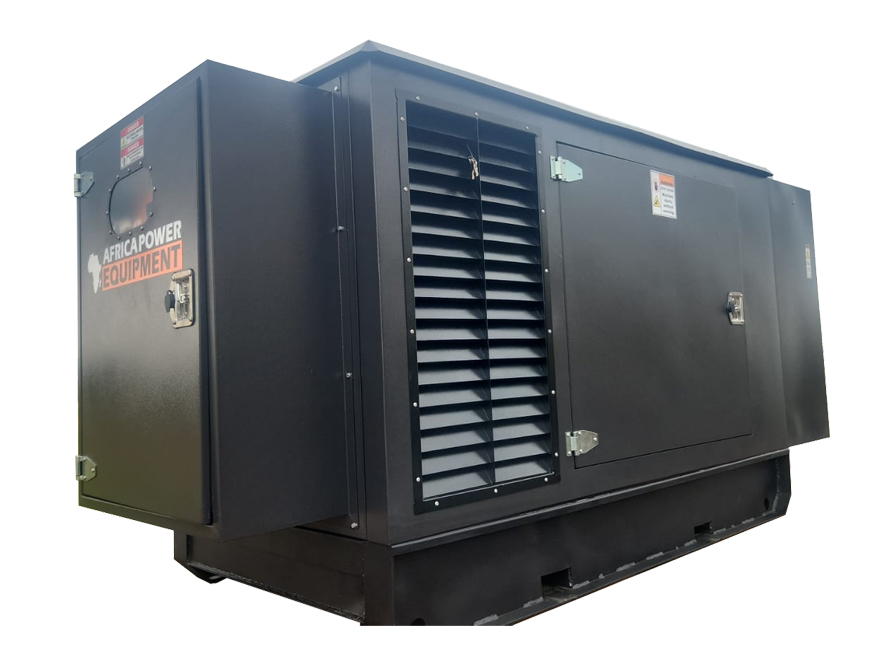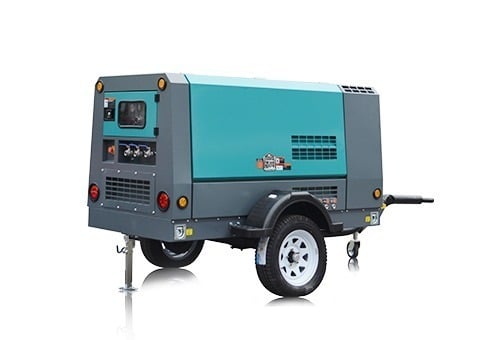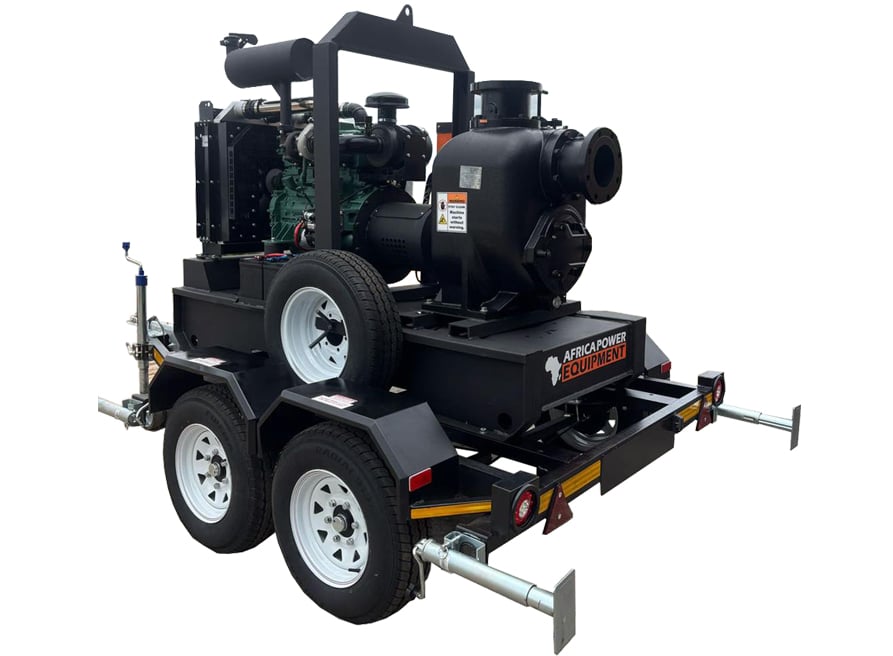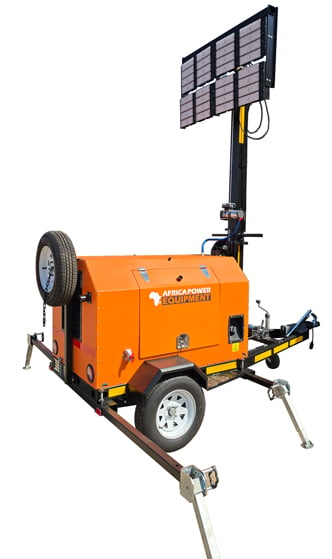How to Choose the Right Borehole Pump Size for Your Needs
Installing a borehole is a smart way to access a consistent and independent water source—especially in South Africa, where municipal supply and drought conditions can be unreliable. But to make the most of it, you need to choose the right size pump to efficiently draw water without damaging your system or wasting electricity. In this article, we explain how to calculate borehole pump size and key considerations to ensure long-term performance.
🟢 Quick Answer
To size a borehole pump correctly, you need to know the depth to the water level, desired flow rate, and total dynamic head (TDH). A typical household pump should deliver 2,000–3,000 litres/hour with enough pressure to push water to your tank or taps. Always check the borehole yield and consult a pump curve chart to match the right pump.
💧 Why Pump Sizing Matters
Installing the wrong size borehole pump can result in:
-
Reduced water pressure or flow
-
Pump burnout from overworking
-
Wasted energy and high running costs
-
Damage to the borehole from cavitation
Getting the sizing right helps ensure longer lifespan, efficient operation, and consistent water delivery.
📐 Key Factors for Sizing a Borehole Pump
1. Static Water Level (SWL)
This is the depth from the surface to the water table when the borehole is at rest (not being pumped). It’s usually measured in meters.
2. Pump Set Depth
This is the depth at which the pump will sit in the borehole—usually a few meters below the SWL to prevent dry running.
3. Total Dynamic Head (TDH)
The total vertical distance water must be pumped, including:
-
Vertical lift (from pump depth to discharge point)
-
Friction loss in pipes
-
Pressure required at the outlet (e.g., 2–3 bar for household use)
✅ Example:
If your borehole is 40m deep, and you need 3 bar pressure at your tank, your TDH might be around 70m.
4. Required Flow Rate
Measured in litres per hour (L/hr), this depends on your water usage:
-
2,000–3,000 L/hr for a household
-
4,000–8,000 L/hr for irrigation
-
10,000+ L/hr for farms or commercial sites
🔍 How to Calculate Total Dynamic Head (TDH)
TDH = Vertical lift + Pressure head + Friction loss
-
Vertical lift: Depth pump is submerged
-
Pressure head: 1 bar = 10 meters
-
Friction loss: Add 10–15% depending on pipe length and fittings
🧮 Example Calculation:
-
Borehole depth = 50m
-
Desired pressure = 3 bar = 30m
-
Friction loss = 10m
TDH = 50 + 30 + 10 = 90m
You’ll need a pump capable of lifting water to 90m.
⚙️ Choosing the Right Pump Type
-
Submersible Borehole Pumps – Most common for deep installations. Designed to operate underwater.
-
Multistage Pumps – Suitable for high-pressure applications with long distances.
-
Solar Borehole Pumps – Ideal for remote, off-grid setups (see our solar pump articles for more).
🧭 Interpreting Pump Performance Charts
Manufacturers provide pump curves that show:
-
Flow rate vs. head height
-
Efficiency zones
-
Recommended operating ranges
Always choose a pump that performs efficiently within your required head and flow range, not at its extremes.
🔗 Internal Linking Opportunities
❓ FAQs
Q: Can I oversize a borehole pump for better performance?
A: No. Oversizing can lead to excessive pressure, damage pipes, and waste energy.
Q: What happens if my borehole yield is low?
A: You may need a smaller pump or to install a buffer/storage tank to prevent dry running.
Q: Can I install a booster pump after the borehole pump?
A: Yes, especially if your borehole pump supplies a tank and you need higher pressure in your home.
⚠️ Common Mistakes to Avoid
-
Ignoring water yield (pumping faster than recharge rate)
-
Skipping friction loss in pipe calculations
-
Using household pumps for deep boreholes
-
Not consulting pump curves before purchasing
-
Failing to install a non-return valve
Need help choosing the right borehole pump?
👉 Explore high-performance submersible and solar borehole pumps on www.PowerEquipment.co.za





